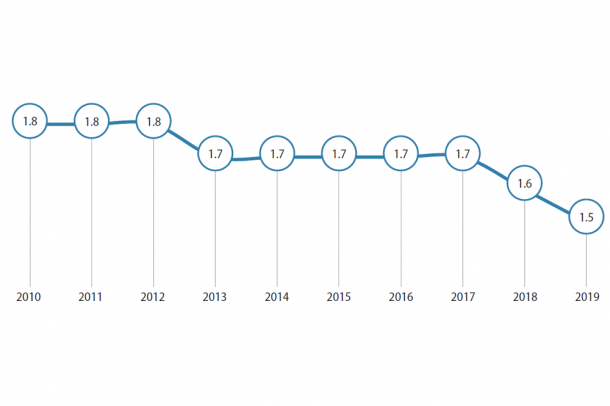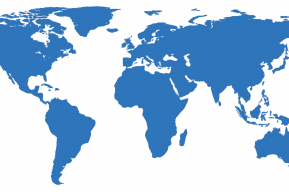Industry groups have argued that the federal and provincial governments operate on the basis of a supply-side, linear view of innovation. The lack of a national strategy for STI is an obvious barrier to resolving this challenge, as it means that provinces and territories implement their own strategies and programmes.
The nascent Canada Research Coordinating Committee aims to improve co-ordination at federal level, including through the New Frontiers in Research Fund designed to bolster federal support for high-risk, game-changing research.
The Pan-Canadian Artificial Intelligence Strategy (2017) commits funds to raising the number of outstanding AI researchers and skilled graduates. Canada is striving to assume a leadership role in the international conversation on the potential social impact of AI.
Canada has set a target to 2050 for achieving net-zero carbon emissions, punctuated by five-year milestones that are set in law. Coal is to be phased out by 2030 but crude oil production is expected to increase by 50% over 2018–2040. The government is aiming to place a tax of Can$ 50 on each tonne of carbon pollution emitted by 2022.
In 2016, the government adopted a Can$ 1.5 billion Oceans Protection Plan. By 2018, nearly 14% of marine and coastal areas had been protected, up from around 1% in 2015.
Canada has also designed an Arctic and Northern Policy Framework (2019). Polar Knowledge Canada, a federal agency, is funding innovative research to support climate mitigation and adaptation, such as through community observatories for joint research with indigenous communities.






